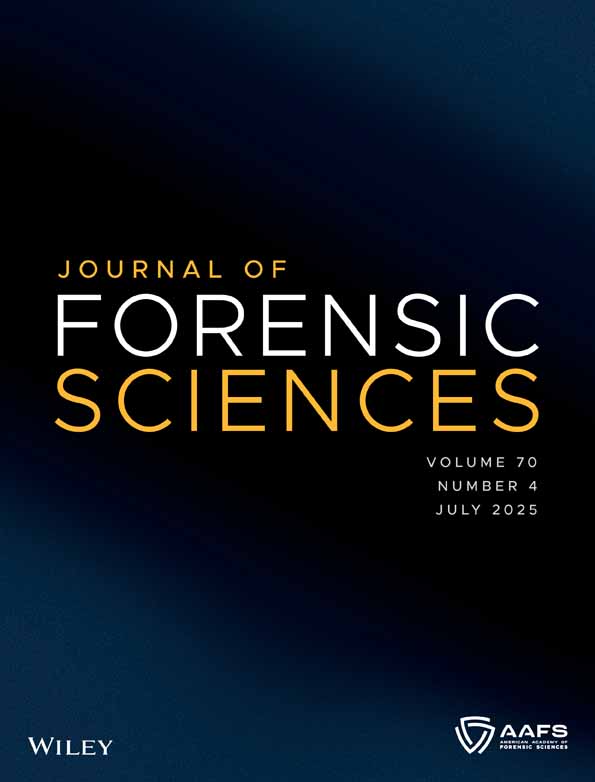Forensic analysis of cigarette tipping papers using ATR-FTIR spectroscopy and chemometrics
Abstract
Cigarettes are addictive in nature and smokers over time develop a preference toward smoking a particular brand. Therefore, identification and discrimination of different brands could be important during forensic investigations. It could serve as corroborative evidence not only in cases of physical and sexual assaults, theft, burglary, and dacoity but also in cases of illegal trading and smuggling of illicit and counterfeit cigarettes. Whenever a cigarette (smoked or unsmoked) is recovered as evidence, the tipping paper would always be present as it is a part of cigarette butts. Thus, in the present study, 21 brands of cigarette tipping paper have been analyzed by conjugating attenuated total reflectance – Fourier transform infrared spectroscopy with chemometrics for brand discrimination and determination of geographical origin. Brand discrimination was performed using the support vector machine method and samples were discriminated with 100% training and validation accuracy. External validation was also performed where normal white and brown papers have been differentiated from tipping paper with 100% accuracy. Additionally, the geographical origin of samples was determined through PLS-DA with an R-square value of 0.998. Smoked samples were successfully linked with the unsmoked sample when projected to the already-built SVM model. 100% accuracy was achieved till 1 week; however, the accuracy was reduced to 71.42% after 1 week. This study proposes an alternative approach for analyzing cigarettes in a nondestructive and eco-friendly manner to highlight and amplify the potential of cigarettes as evidence.
CONFLICT OF INTEREST STATEMENT
The authors have no conflicts of interest to declare.
Open Research
DATA AVAILABILITY STATEMENT
Data available on request from the authors.




